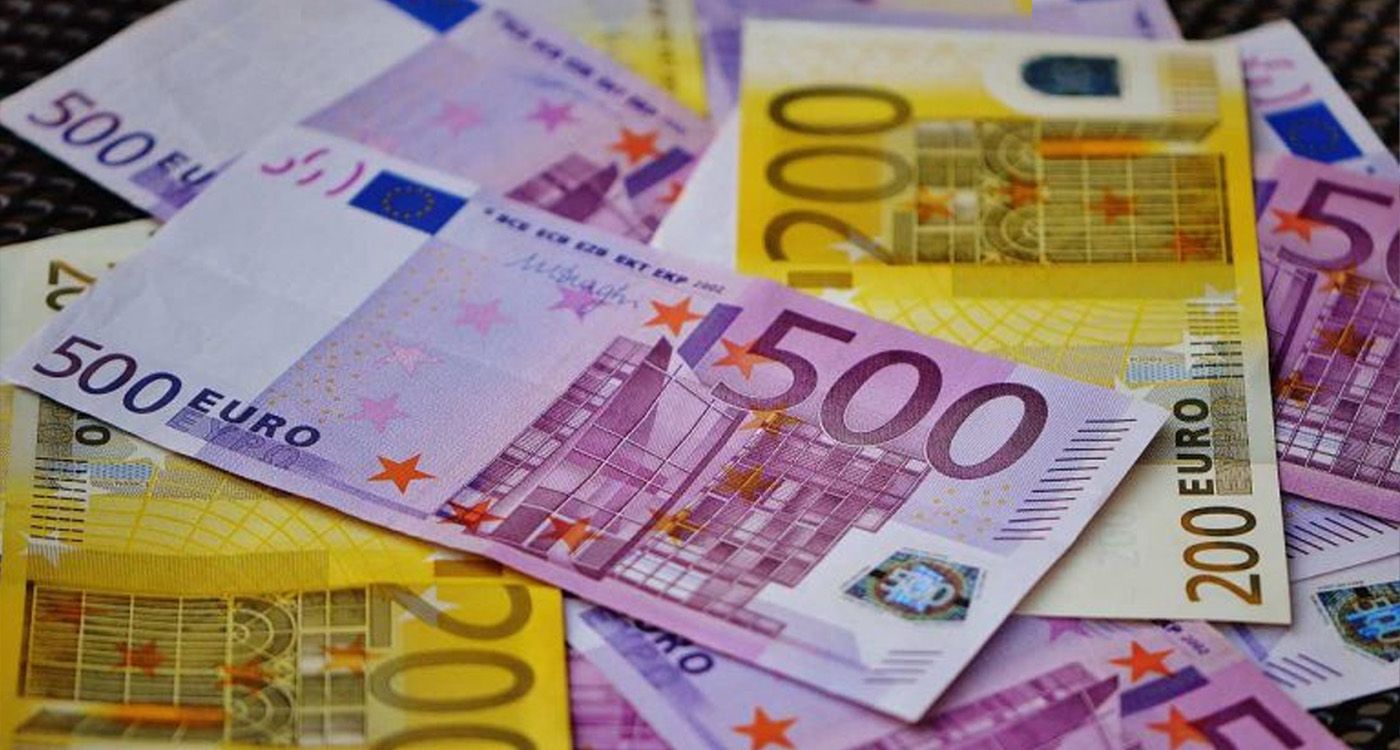
Since the beginning of March, the euro has enjoyed a notable resurgence on the markets. After a somewhat sluggish start to the year, the single currency has regained strength, trading around 1.14 US dollars on Friday — a rise of over 5%. An explainable performance that intrigues some, reassures others, and worries a few.
Who would have thought military investment would boost the euro? Yet that’s exactly what’s happening. Determined to reduce reliance on the American military umbrella, European countries have opened their checkbooks. In Brussels, there’s talk of 800 billion euros in defense spending over the next four years — a figure that has dazzled investors who had been shunning the euro earlier this year. And yes, massive rearmament means orders, jobs, growth… in short, a dynamic Europe boosts euro confidence.
Consequently, not only is the euro climbing to its highest level in three years, but it’s also pulling other European currencies along with it — like the Swedish krona and the Polish zloty — both buoyed by the military momentum. It goes to show: sometimes, tanks can have as much impact as interest rates, if not more.
Across the Atlantic, the dollar faces a gloomy outlook. Donald Trump's recently announced (then suspended) tariffs, true to his protectionist stance, threaten inflation without guaranteed growth, unsettling investors and pushing the dollar to its lowest since October.
Practical Implications
For Europe, the euro’s rise against the dollar has tangible effects. Imports like natural gas, oil, and electronic components — typically paid for in dollars — are now cheaper.
It also boosts purchasing power. Lower import costs may even translate to savings for consumers.
Travelers and students also experience benefits, as trips to the US and other dollar-based destinations, including airfare, tuition, and rent, become more affordable.
However, a stronger euro makes European exports more expensive, reducing competitiveness abroad. In a fragile economy, that’s a tricky balance to manage.
What About Us, Lebanese?
We’re caught in the middle. As the euro surges, so will the cost of studies, rents, and goods from Europe.
Thought your monthly expenses had stabilized? Think again. A stronger euro means higher costs for those of us tied to the dollar. As Europe reaps the benefits of its defense spending, we may be left bracing for a financial hit.
In short, the euro is riding high on Europe’s strategic revival, while the dollar stumbles under tariff uncertainties.
If history teaches anything, it’s that currencies are always shifting. Best to keep one eye on the charts — and the other on the headlines.





Comments